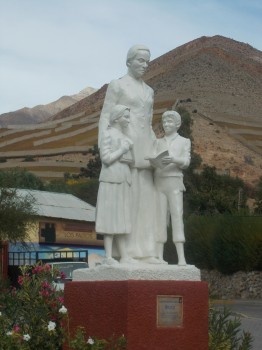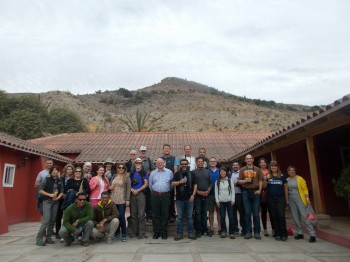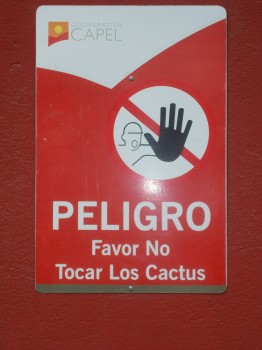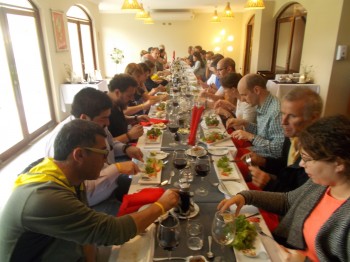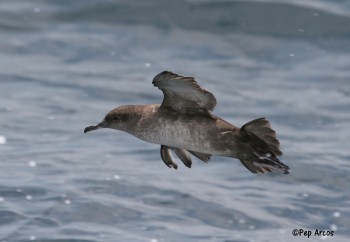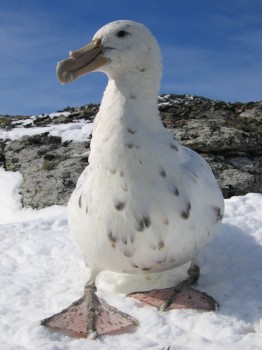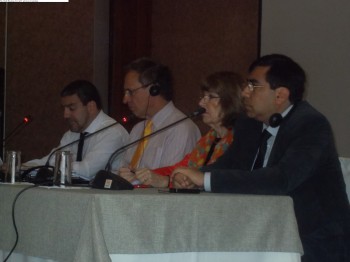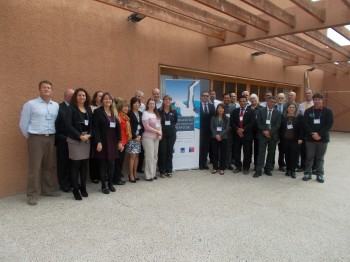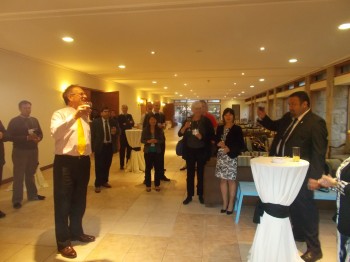Pamela Michael (Hawai’i Pacific University at Oceanic Institute, Waimanalo, Hawai'i, USA) and colleagues have published in the on-line/open-access journal PLOS ONE on aspects of the at-sea distribution of Black-footed Albatrosses Phoebastria nigripes.
The paper’s abstract follows:
“At-sea surveys facilitate the study of the distribution and abundance of marine birds along standardized transects, in relation to changes in the local environmental conditions and large-scale oceanographic forcing. We analyzed the form and the intensity of black-footed albatross (Phoebastria nigripes: BFAL) spatial dispersion off central California, using five years (2004–2008) of vessel-based surveys of seven replicated survey lines. We related BFAL patchiness to local, regional and basin-wide oceanographic variability using two complementary approaches: a hypothesis-based model and an exploratory analysis. The former tested the strength and sign of hypothesized BFAL responses to environmental variability, within a hierarchical atmosphere—ocean context. The latter explored BFAL cross-correlations with atmospheric / oceanographic variables. While albatross dispersion was not significantly explained by the hierarchical model, the exploratory analysis revealed that aggregations were influenced by static (latitude, depth) and dynamic (wind speed, upwelling) environmental variables. Moreover, the largest BFAL patches occurred along the survey lines with the highest densities, and in association with shallow banks. In turn, the highest BFAL densities occurred during periods of negative Pacific Decadal Oscillation index values and low atmospheric pressure. The exploratory analyses suggest that BFAL dispersion is influenced by basin-wide, regional-scale and local environmental variability. Furthermore, the hypothesis-based model highlights that BFAL do not respond to oceanographic variability in a hierarchical fashion. Instead, their distributions shift more strongly in response to large-scale ocean—atmosphere forcing. Thus, interpreting local changes in BFAL abundance and dispersion requires considering diverse environmental forcing operating at multiple scales.”
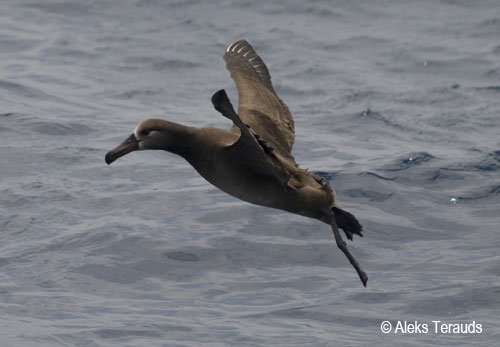
Black-footed Albatross at sea, photograph by Aleks Terauds
Reference:
Michael, P.E., Jahncke, J., Hyrenbach, K.D. 2016. Placing local aggregations in a larger-scale context: hierarchical modeling of black-footed albatross dispersion. PLOS ONE. http://dx.doi.org/10.1371/journal.pone.0153783.
John Cooper, ACAP Information Officer, 16 May 2016

 English
English  Français
Français  Español
Español 